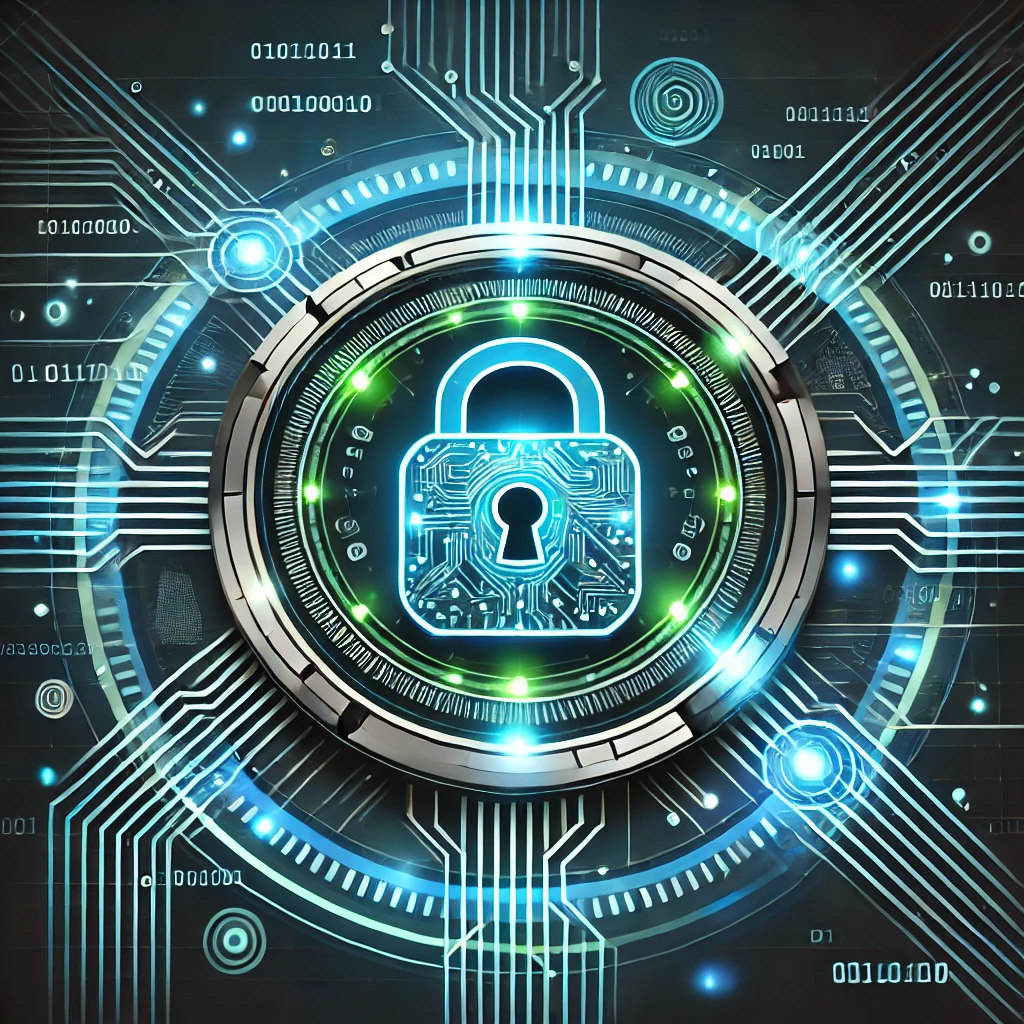In today’s digital world, cyber threats are becoming increasingly complex, and data has become the most valuable resource. Technologies such as artificial intelligence, machine learning, blockchain, and cloud computing are reshaping the approach to cybersecurity. In this article, we’ll explore how these innovations help combat modern threats and ensure data protection.
- Artificial Intelligence (AI) and Machine Learning (ML): Threat Prediction
AI and ML play a pivotal role in combating cyber threats. These technologies can analyze vast amounts of data in real time, detect anomalies, and predict potential attacks.
How It Works:
Threat Detection: AI analyzes network activity to identify suspicious behavior, such as unusual requests or unauthorized access attempts.
Automated Response: Machine learning algorithms can immediately block malicious actions, such as disconnecting devices or blocking IP addresses.
Attack Prediction: AI models potential attack scenarios, enabling companies to prepare in advance.
Example: AI-powered security systems like Darktrace and CrowdStrike already help businesses defend against sophisticated attacks.
- Blockchain: Securing Data and Transactions
Blockchain provides a decentralized structure for storing data, making it nearly inaccessible to attackers. Each blockchain transaction is encrypted and verified by the network, ensuring security.
Benefits of Blockchain:
Data Immutability: Records in the blockchain cannot be altered or deleted, preventing data tampering.
Decentralization: The absence of a single server reduces the risk of attacks.
Transparency: All transactions can be verified, making blockchain particularly useful for financial operations.
Example: Blockchain is actively used to secure medical data, financial transactions, and supply chains.
- Cloud Technologies: A New Level of Data Security
The transition to cloud computing has revolutionized the way data is stored and protected. Modern cloud service providers like AWS, Google Cloud, and Microsoft Azure integrate advanced cybersecurity tools.
How the Cloud Ensures Security:
Data Encryption: Cloud services automatically encrypt data during transmission and storage.
24/7 Monitoring: Providers use AI to detect threats in real time.
Backup Systems: Data is regularly backed up, minimizing the risk of loss due to attacks.
Example: Cloud solutions help companies mitigate risks associated with human error, such as data leaks caused by employee mistakes.
- Biometric Authentication: The End of Passwords?
Traditional passwords are no longer sufficient to ensure high levels of security. Biometric data, such as fingerprints, facial recognition, or voice recognition, is becoming a reliable alternative.
Why It’s Effective:
Uniqueness: Biometric data is difficult to forge or steal.
Convenience: Users no longer need to remember complex passwords.
Speed: Authentication takes only a few seconds.
Example: Smartphones, banking apps, and even corporate systems increasingly use biometric security measures.
- Behavioral Analytics: Enhancing Cybersecurity
Behavioral analytics allows security systems to analyze user actions and detect unusual activity. This approach helps quickly identify account breaches or compromised credentials.
How It Works:
Monitoring Actions: The system observes how employees typically interact with data or applications.
Responding to Deviations: If a user suddenly downloads large amounts of data or logs in from an unusual location, the system can automatically block access.
Example: Major companies like IBM and Microsoft are actively adopting this approach to protect corporate networks.
Conclusion
Technologies are revolutionizing cybersecurity, making it more dynamic and effective. Artificial intelligence, blockchain, cloud computing, biometrics, and behavioral analytics not only combat modern threats but also predict them.
To stay ahead of cybercriminals, companies must invest in advanced technologies and develop security strategies that address today’s challenges. Security is no longer optional—it’s the foundation for sustainable growth in the digital era.

